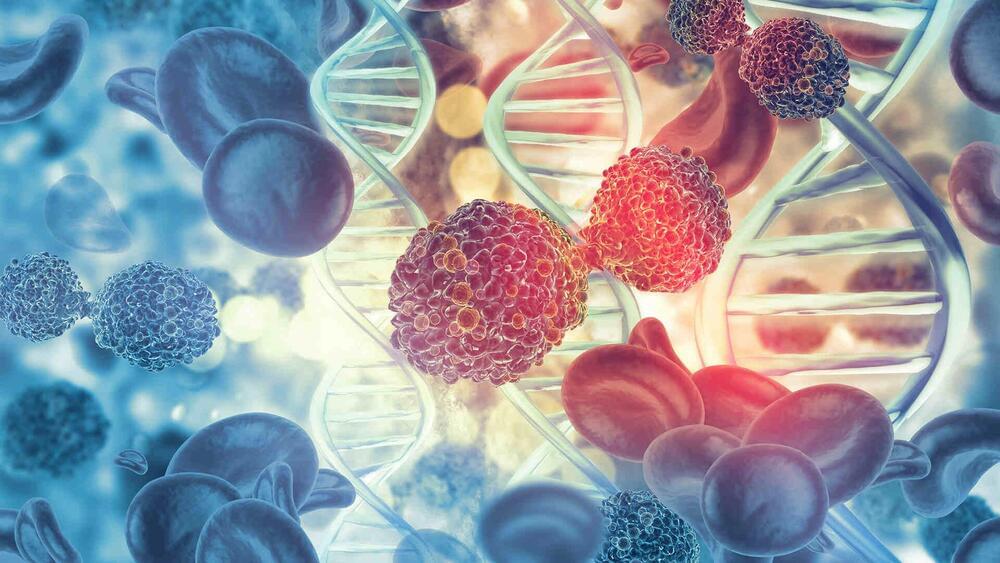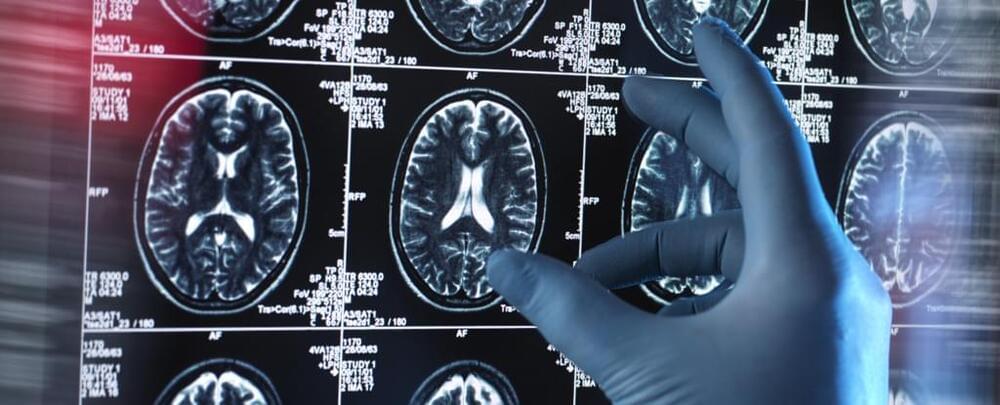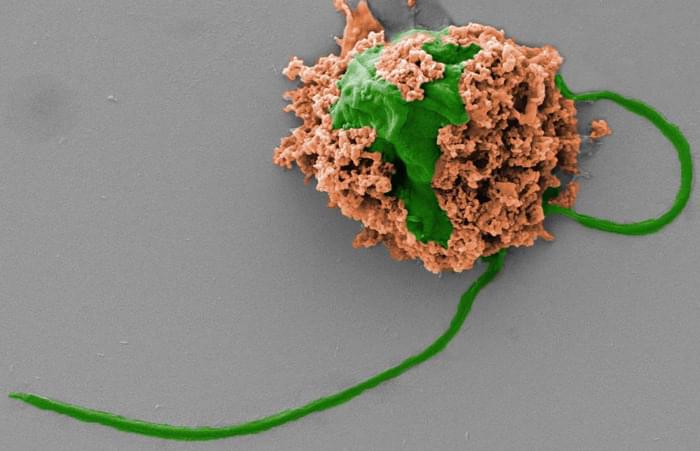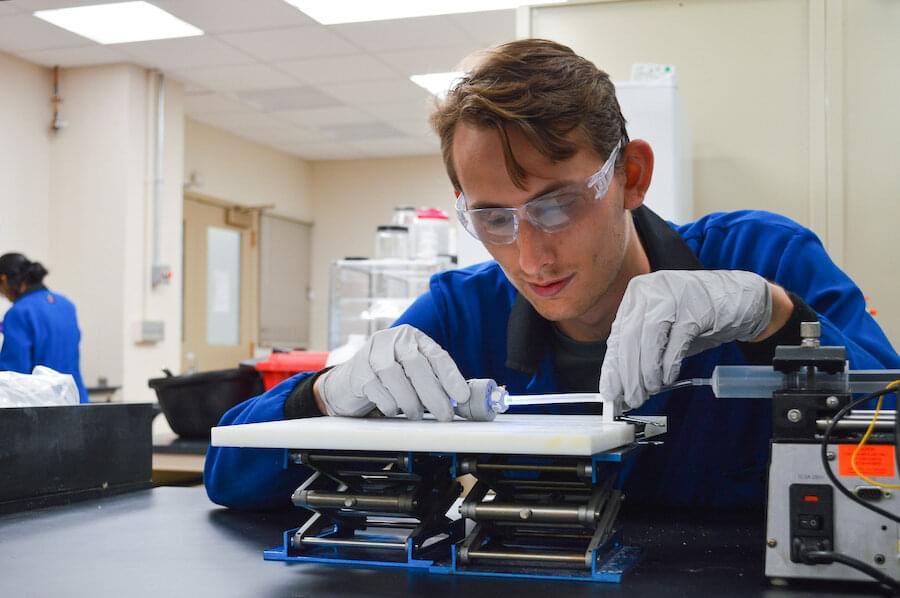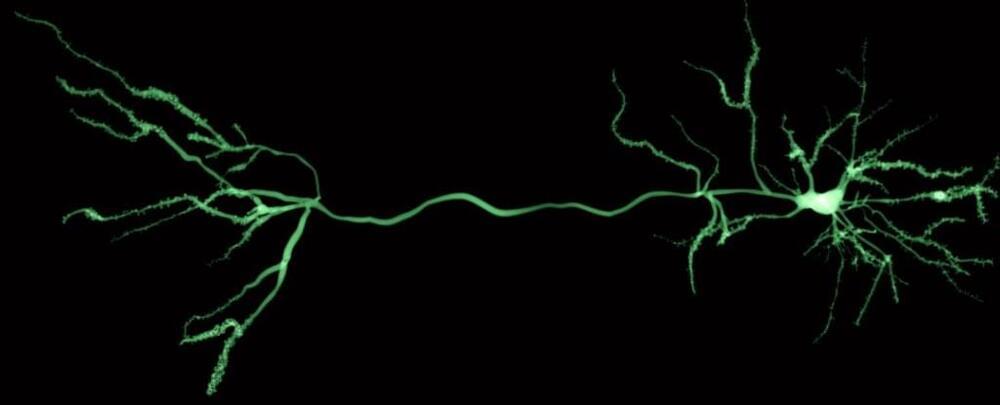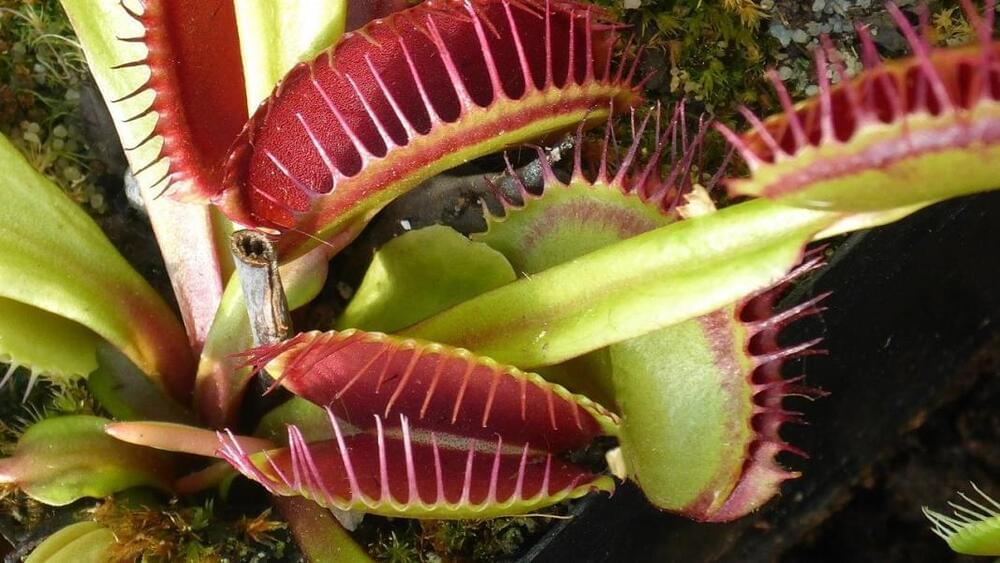Oct 4, 2022
Stanford researchers produce a groundbreaking cancer-fighting compound
Posted by Gemechu Taye in categories: biotech/medical, chemistry
The researchers brilliantly demonstrated, for the very first time, how to chemically transform an abundant, plant-based starting material into EBC-46.
In what can be called a major scientific breakthrough, Stanford researchers have discovered a “rapid and sustainable” way to synthetically produce a promising cancer-fighting compound, designated EBC-46, right in the lab, according to a press release published by the institution.
This was “something many people had considered impossible,” as the compound’s only currently known source is a single plant species that grows solely in a small rainforest region of Northeastern Australia.
